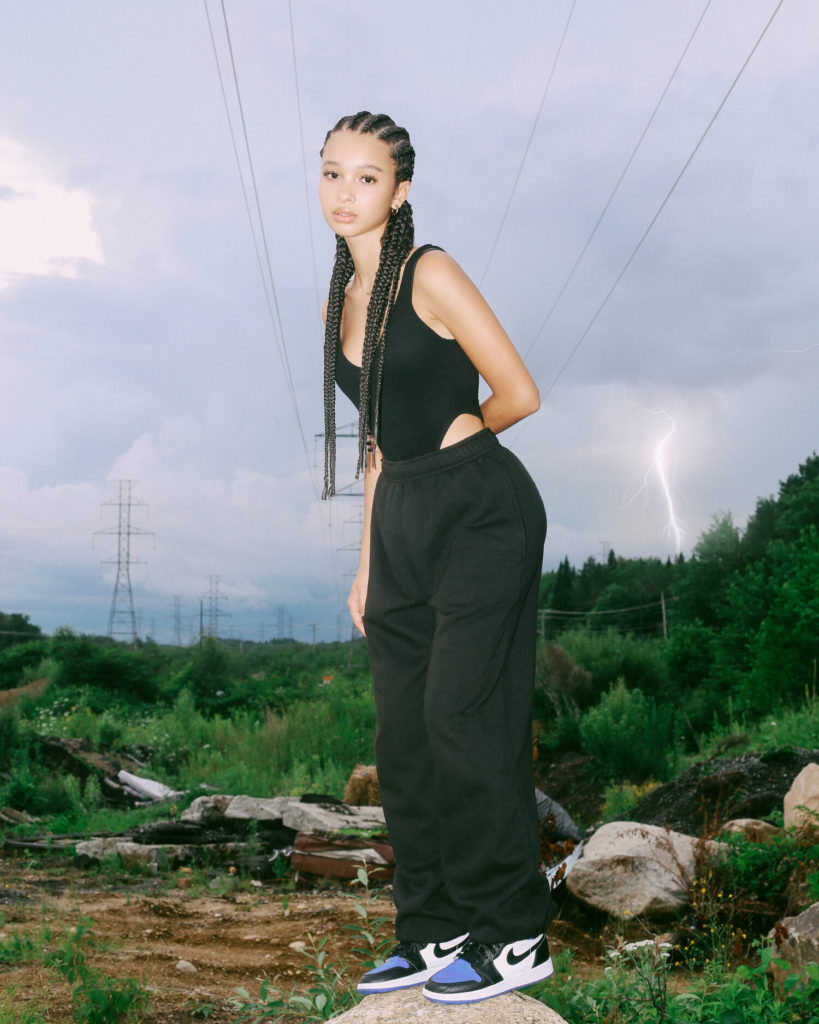Toronto-based photographer Hoeshell has been working magic behind the lens for roughly three years, but he’s already worked with prominent artists such as Daniel Caesar and A.J Saudin. Hoeshell has a keen eye for detail in knowing how to capture the right image at the perfect moment. Sidedoor had the chance to talk to Hoeshell on pursuing photography, finding inspiration and working in digital and film.
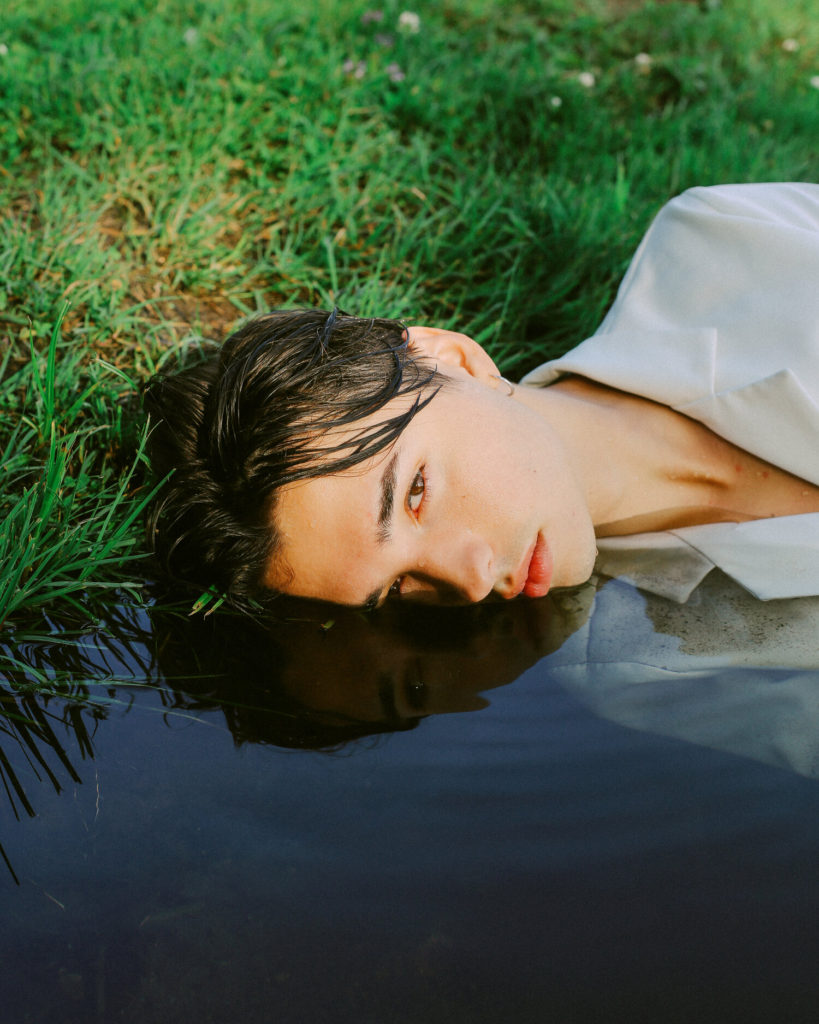
Tell us your story. Why did you decide to go from studying architecture to pursuing photography full time?
I started doing photography when I was in architecture school and picked up a camera to get building renders for cite images.
At first, I was just taking pictures of buildings and cites, and then I started taking pictures of my friends. Because the people you are closest with are the most comfortable around you, they were willing to get in front of the camera and pose however. Then, musicians started hitting me up to do covers, then one thing led to another and here I am today. Now, I’m free-lancing and shooting with bigger clients and people I’ve never expected to work with.
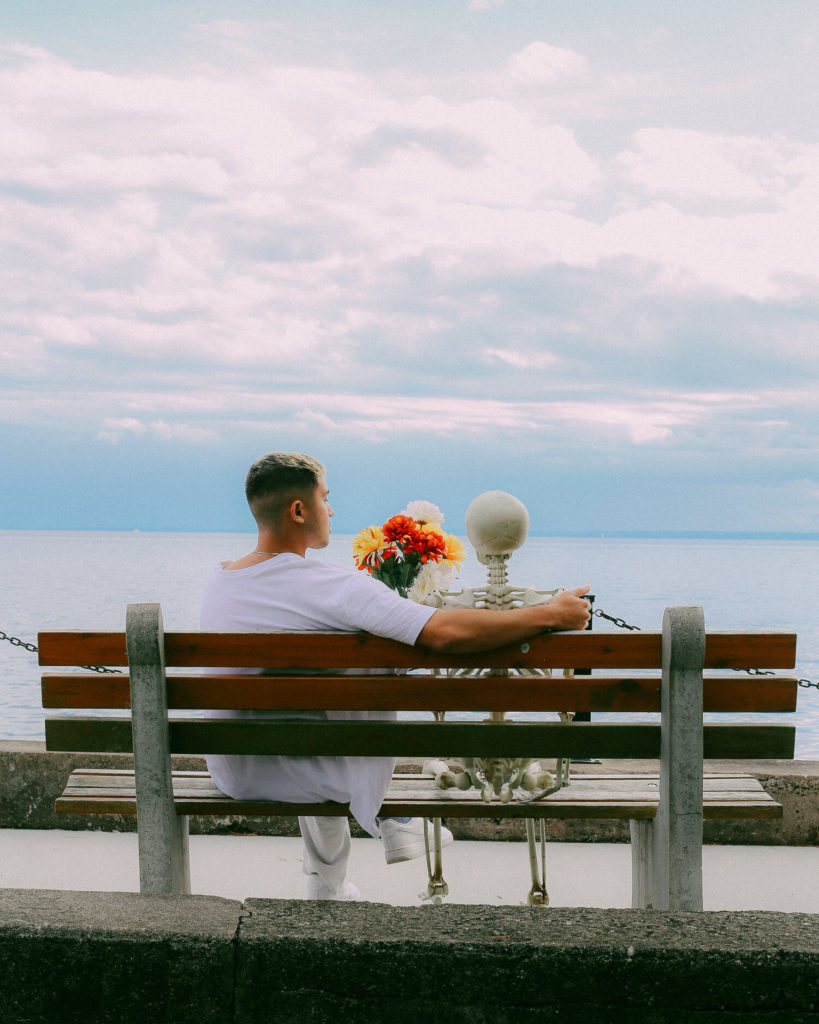
Looking at your digital work, you incorporate a unique combination of angles, positions, effects and lighting. What inspires you and the concepts behind each photo you take?
There’s not one specific thing that inspires me, but I think it’s a combination of everything in my life. Let’s say if I was listening to music today and I’m like wow, I can get inspired off of a song or a lyric from a song. Even just having a conversation about something random, I could think of something from that and turn it into a really great concept for a photo in the future. More so, life in itself, I really get inspired by my everyday life.
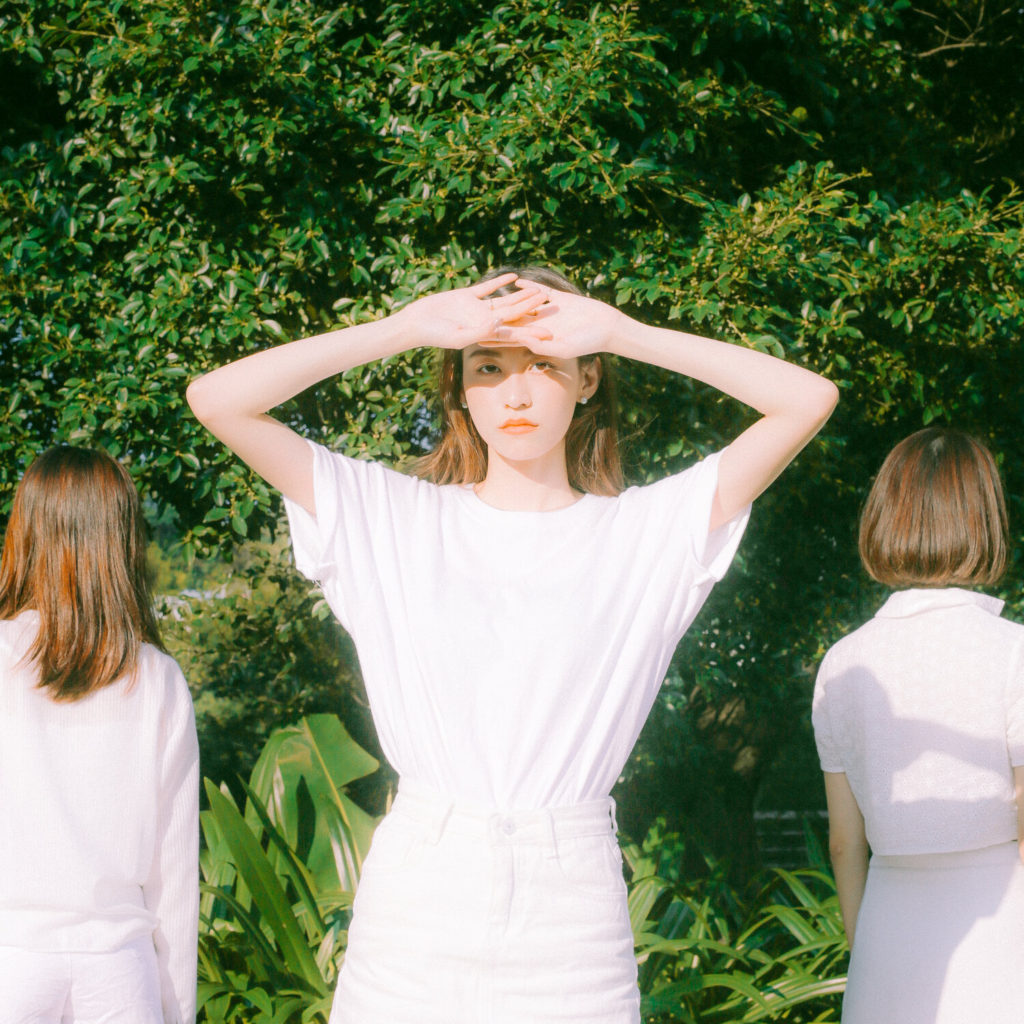 Does architecture still play a part in your work or is it far removed?
Does architecture still play a part in your work or is it far removed?
It definitely does play a part. Recently, because of the pandemic, I moved back to where I first came to Canada, which is in Oakville. I started learning a lot about my surroundings and started taking a lot of interest in photographing architecture, housing and just culture in general. I find it still very visible in my work. Even with the portraits, the focus of the background and the foreground is so crucial in my work. I really take interest in the angles behind each image.
What was your favourite shot to take?
Every time I do a new shoot, at that moment, I’m always like, “this new shoot that I did is the best I’ve ever done”. But at the top of my head, I would say it was when I went on a couple of tour dates with Daniel Caesar, the one of him at Radio City. It was a shot of the light from the set design glowing behind him, really representing the whole Golden Child record, his record label, and everything about it. I was definitely really happy with that image, but that’s probably the one that I get the most props for.
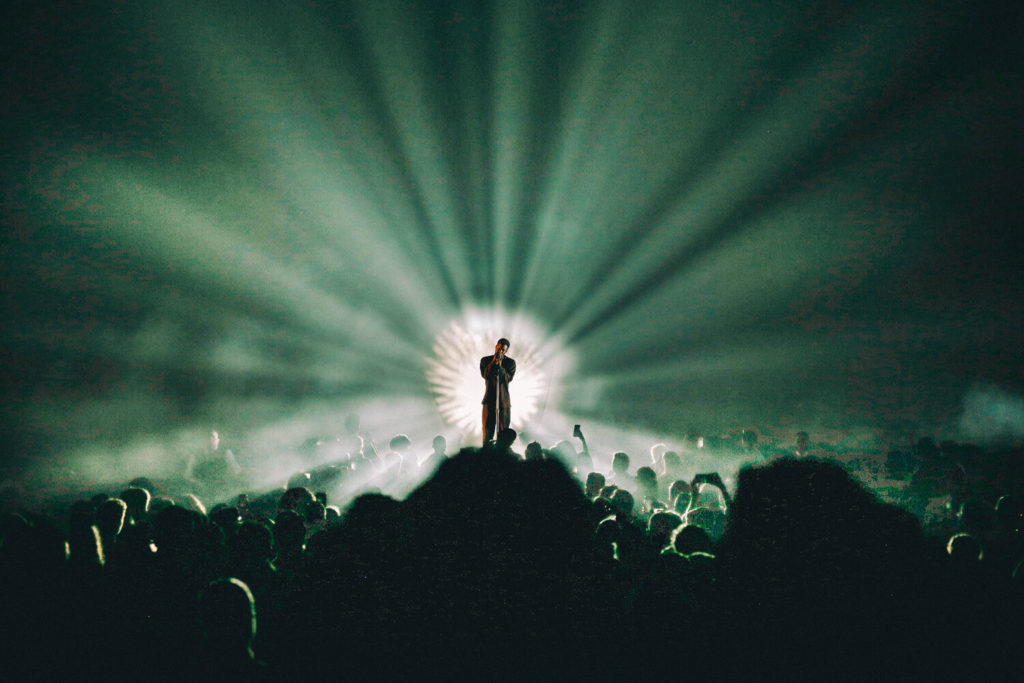 Why do you tend to shoot most of your photos in film and what about it gives you a different feeling or perspective?
Why do you tend to shoot most of your photos in film and what about it gives you a different feeling or perspective?
The common thing that I get asked is actually this question. I actually don’t really shoot in film as much as what people think I do. A lot of my work is actually digital, but I just know how to imitate it in a way that appears as if it’s shot on film. With that being said, I do shoot on all different kinds of cameras. I shoot on film, I shoot on digital, I have different kinds of film cameras that I work with. I think every camera that I have, the way I go into a shoot with these cameras, has a different intention. That’s one of the biggest things to focus on as a photographer – what intention you are trying to bring to your image. With digital, you can shoot a hundred images, but with film, you have to carefully adjust the position of your shots. To each of its own, it’s on what the shoot is based on.
From what you’ve learned in your past three years as a photographer, what is one piece of advice you wish you could tell your past-self?
Man, there’s a lot. One thing I would say is – take your time. Like I said before, make sure you focus on the intention of the shoot rather than just shooting for the sake of it. Another piece of advice I would give to myself is to not follow trends and just listen to yourself.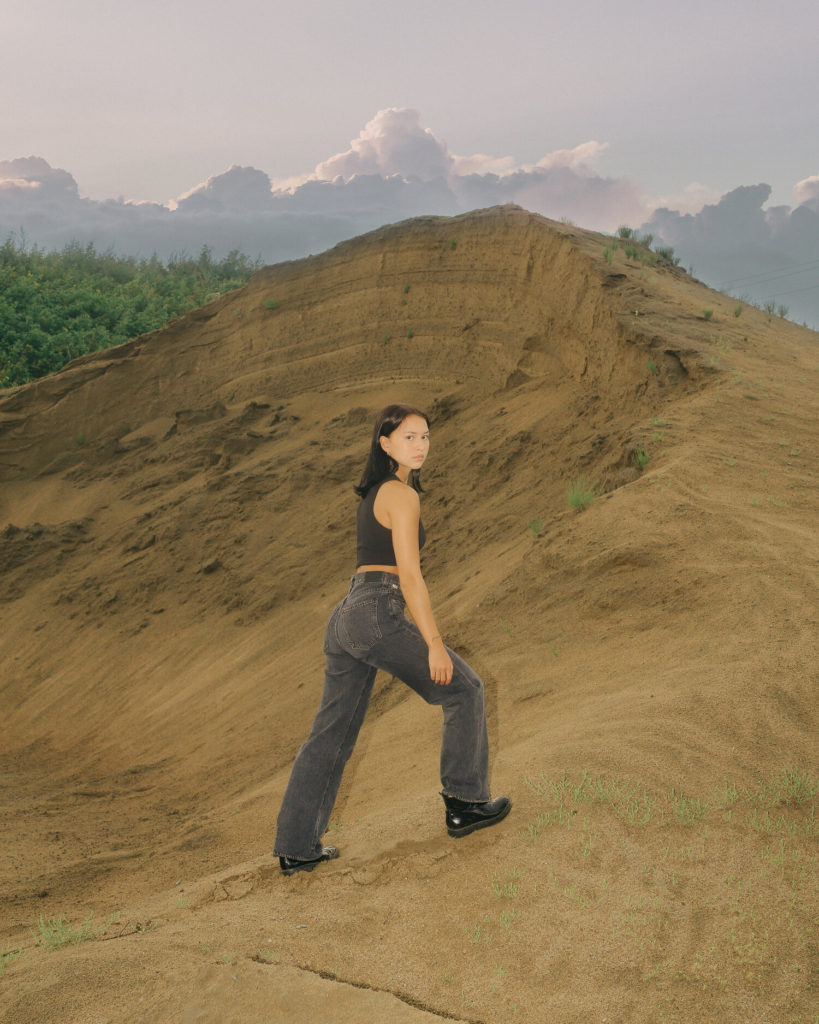
Who do you hope to work with in the future?
I would love to work with Frank Ocean or Travis Scott, but anybody that knows me or has worked with me knows that I am so open to working with everyone and anyone. I believe that everyone has a unique story of their own. I go into a shoot thinking of what I can learn from that person through this interaction and I’m just hoping to capture that.
